Persian rugs
“Persian rugs are the only practical pieces of fine art in the world. No other investment grows in beauty as it ages”.
The Persian carpet is an essential part of Persian art and culture. Carpet-weaving is undoubtedly one of the most distinguished manifestations of Persian culture and art, and dates back to ancient Persia.
The combination of natural materials, natural dyes, the colours, patterns, - the old tradition of secrets and wisdom of the East makes a Persian rug a unique work of art, a symbol of goodness and peace (a rug posed warmth and patience in man and the kindness of human heart in ancient Persian culture.
Weaving is one of the most ancient crafts in the world, mentioned in Old Testament and in Homer's IIias already. Also, it is believed that the ancient tribes began carpet weaving in order to protect themselves against the severe weather conditions in the mountains. Carpets have played an important role in the Nomad’s home decor throughout the history.
The oldest carpet found is a 2500-year-old Pazyryk carpet, dating back to 500 B.C.
Today, rug weaving is by far the most widespread handicraft in Iran.
Persian rugs are admired for their richness of colour, variety of patterns and excellent quality.
The price and quality is determined by the yarn weight and the number of knots. More yarn makes the carpet stronger and better in quality. It is difficult to find two identical handmade carpets. The edges of the carpet usually are not perfectly straight, edging is a little uneven.
Buying a handmade rug is an investment as the price of Persian rugs is increasing due to lack of younger generation’s interest in this time consuming work of art.
Rug motifs
There are a number of patterns which are found in Persian and Oriental rugs called 'motifs', these designs have different meanings and tend to be used depending on the area the rug was woven although it is not unusual to find more than one motif in a single rug.
Some of the more common motifs are:
-
Herati. The Herati motif is a very common repeated field design which normally consists of a flower centred within a diamond surrounded by curved leaves parallel to each side of the diamond. This can be in various forms in either geometric or curvilinear designs.
-
Boteh. Boteh is the Farsi word used to describe in immature flower or palm leaf. This motif is often found in a cluster (all-over pattern) however has been known to be used in isolation in intricate, artistic weaves. Various interpretations of the design have included: Flames, Tear drops, Pine cones, Pears and Trees. In the 19th century in Scotland, the design which was then found on Kashmir shawls and scarfs was copied to make the now world famous Paisley shawls.
-
Šahh Abbas. This is the name given to a group of palmettes which can be found in all-over and medallion designs as well as in borders. Shah Abassi motifs are frequently seen in Kashan, Isfahan, Mashad and Nain rugs amongst others. But is perhaps most common in Tabriz rugs.
-
Gul. The Gul motif is often seen in Turkman, Gorgan and Khal Mohammadi rugs. 'Gul' is Farsi for flower and is normally used to describe these octagonal, all over or repeated patterns.
-
Rosette. The Rosette design is a circular arrangement of motifs radiating out from the centre medallion suggesting the petals of a rose. This can be used in the borders however is mostly limited to the field and can be in either naturalistic or geometric form. The Rosette design is often found in Nain rugs.
 Eesti
Eesti  Russian
Russian  Suomi
Suomi 
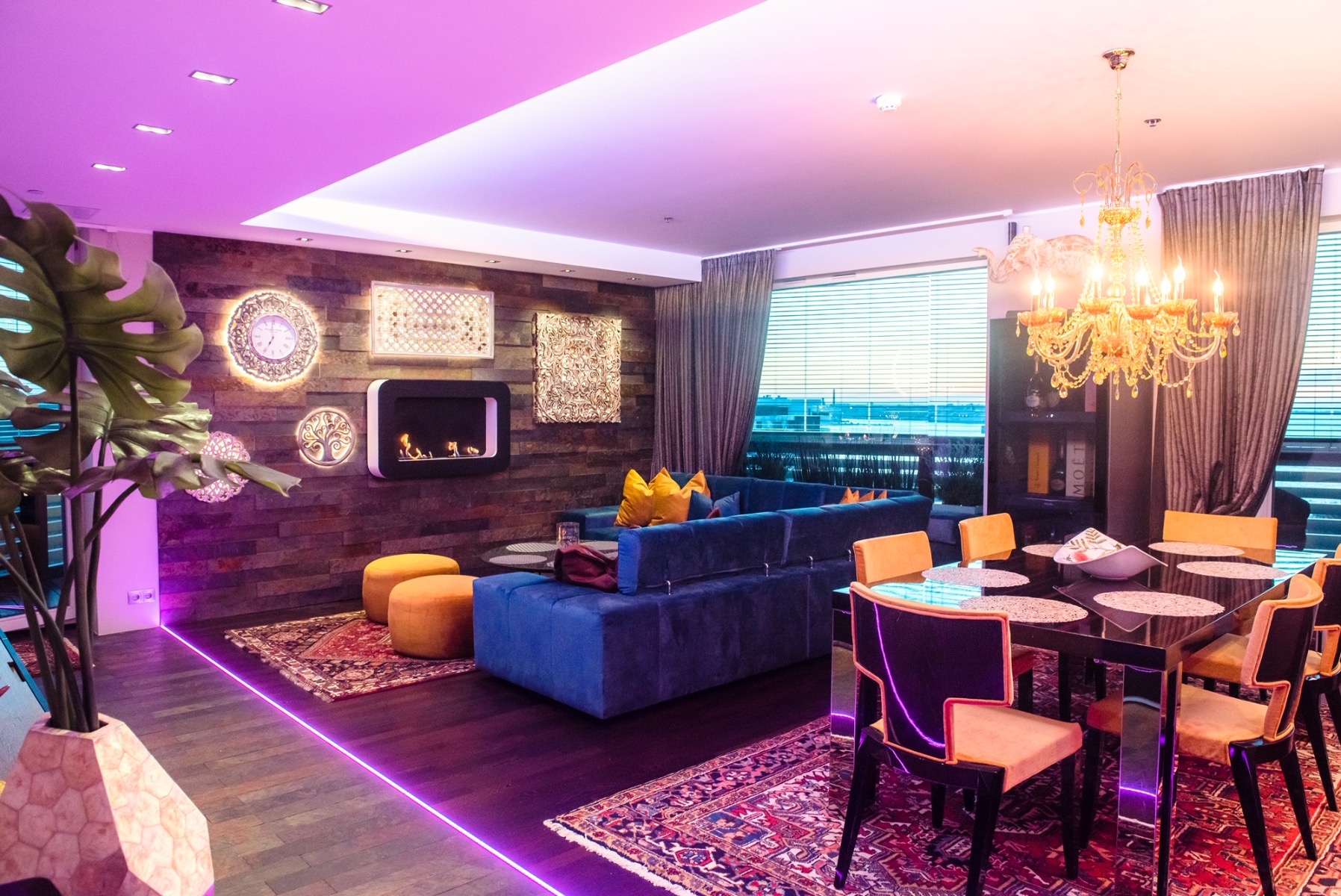
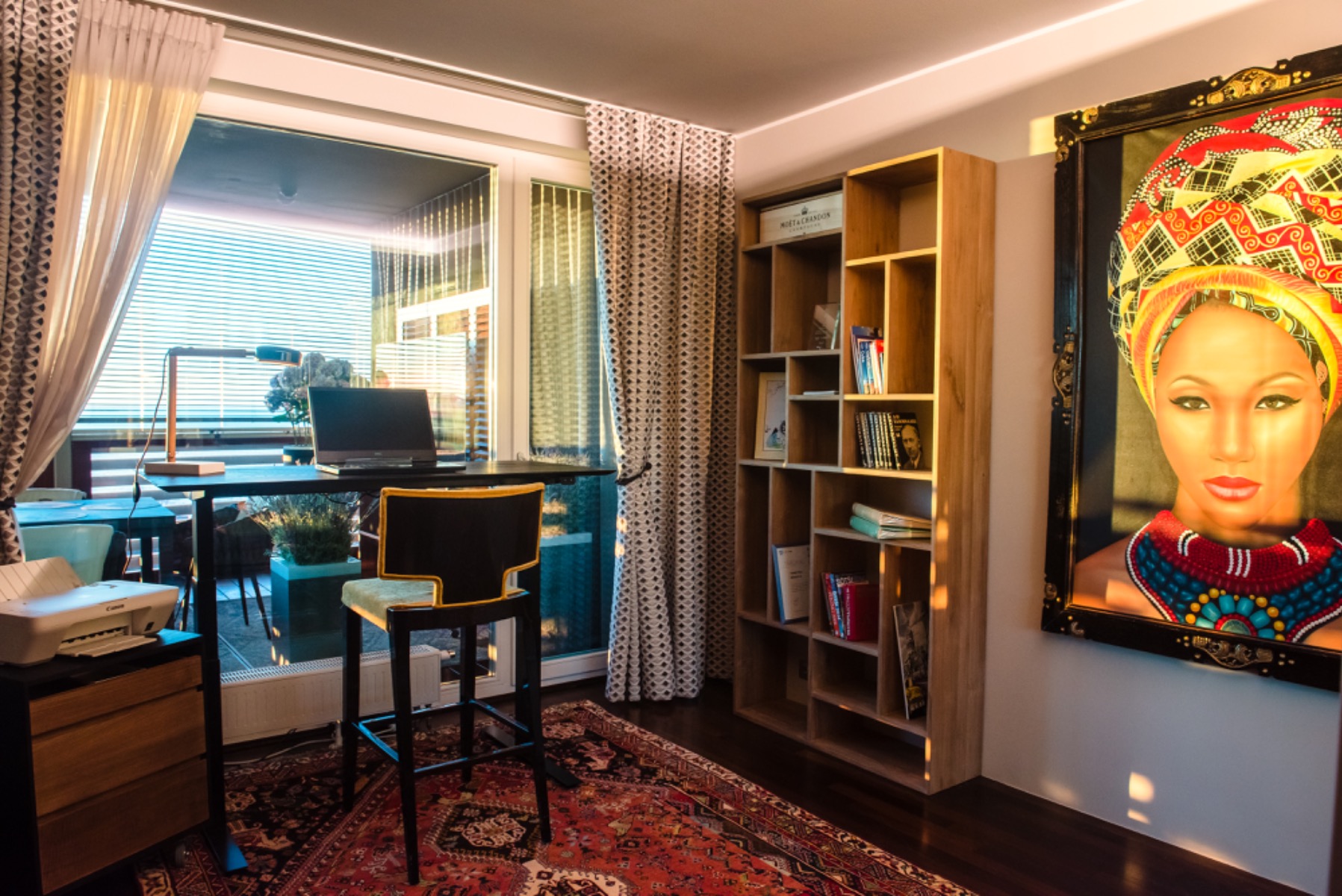
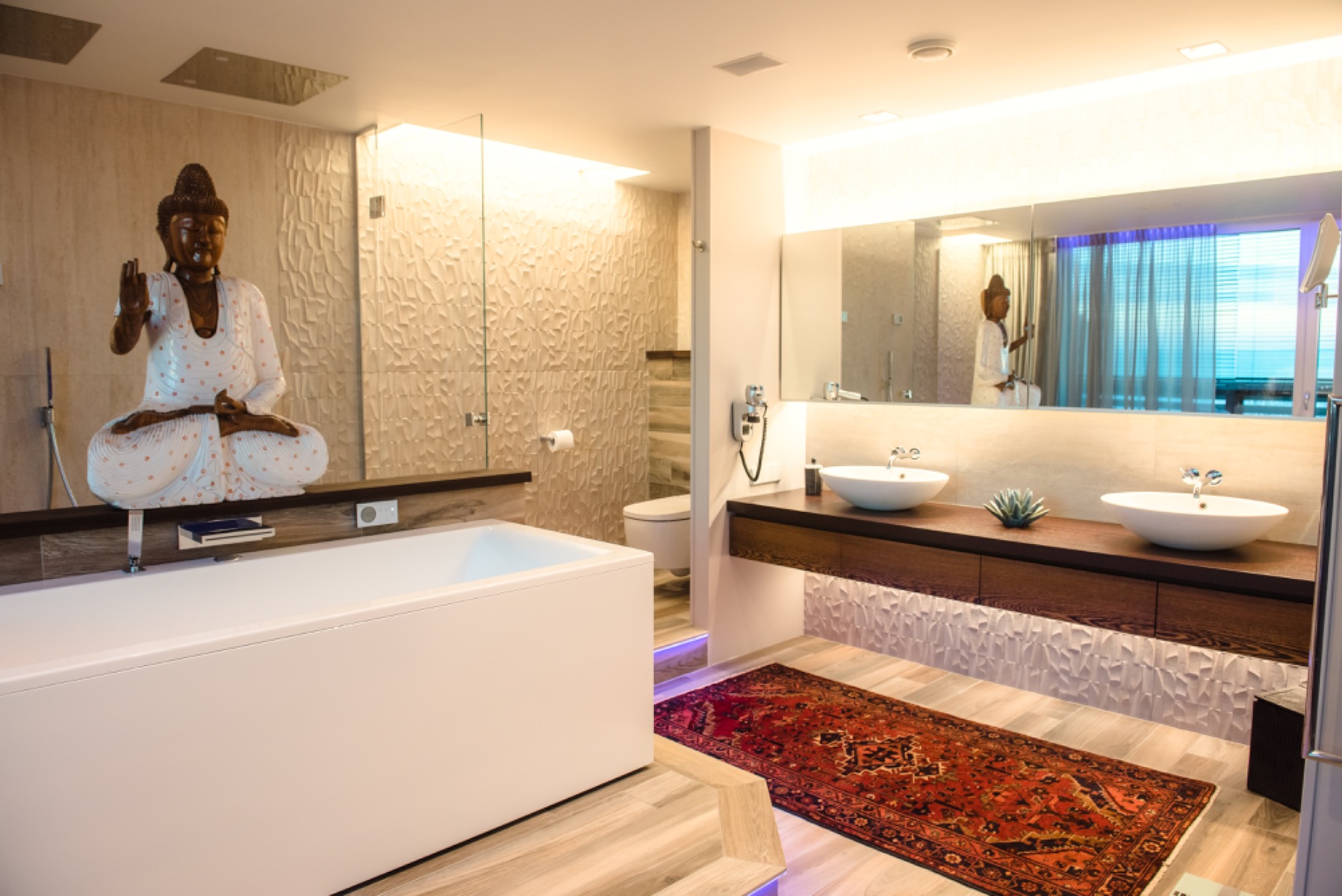
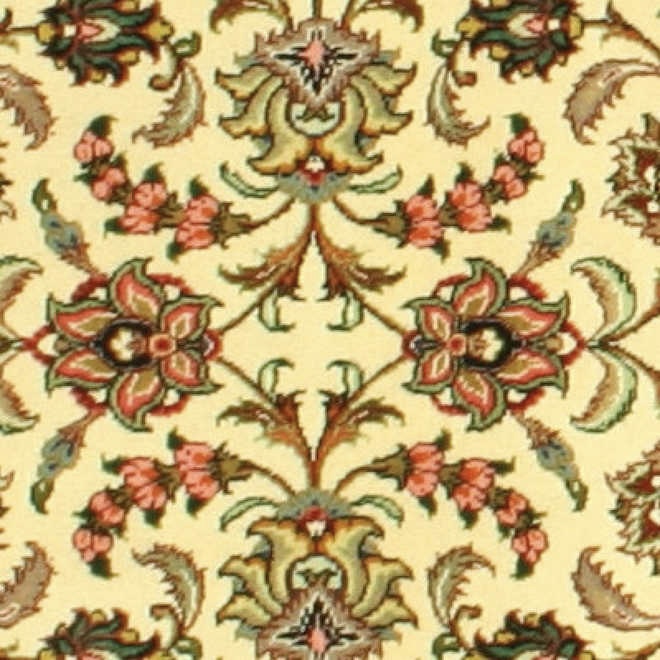
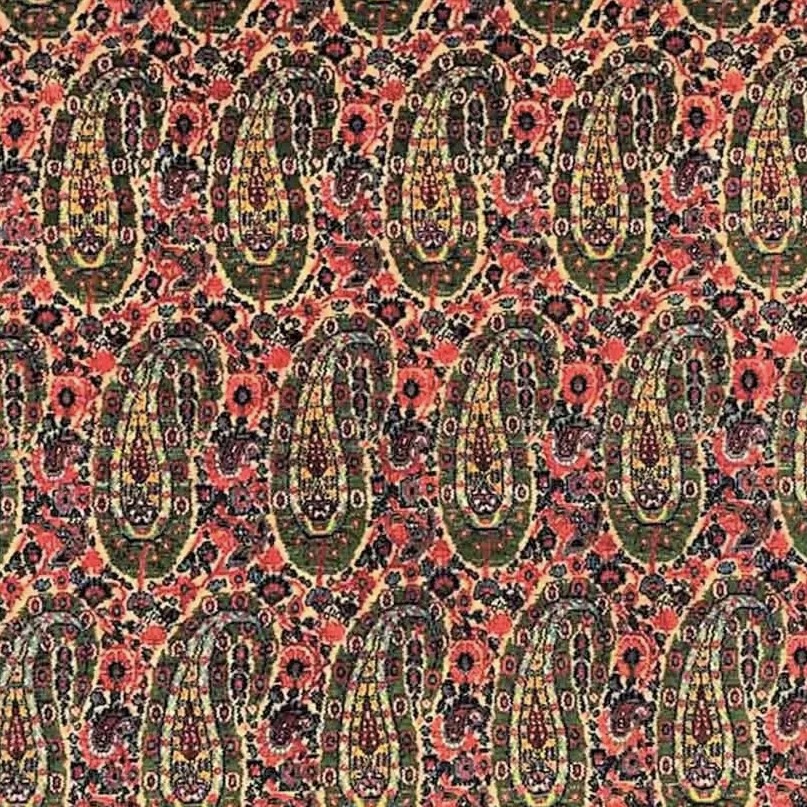
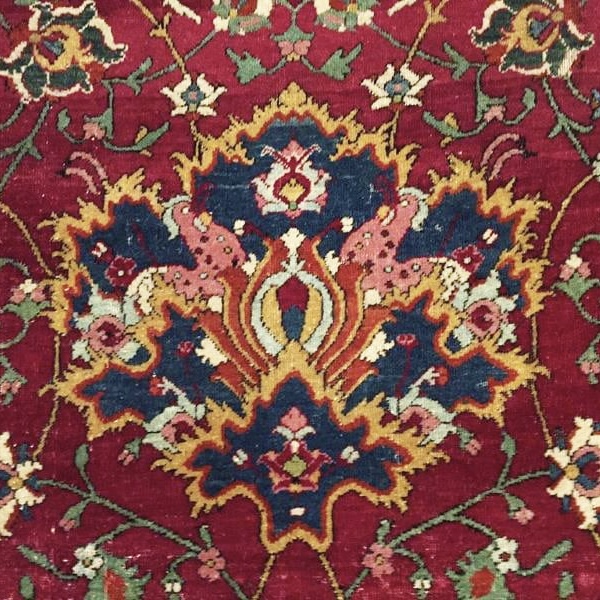
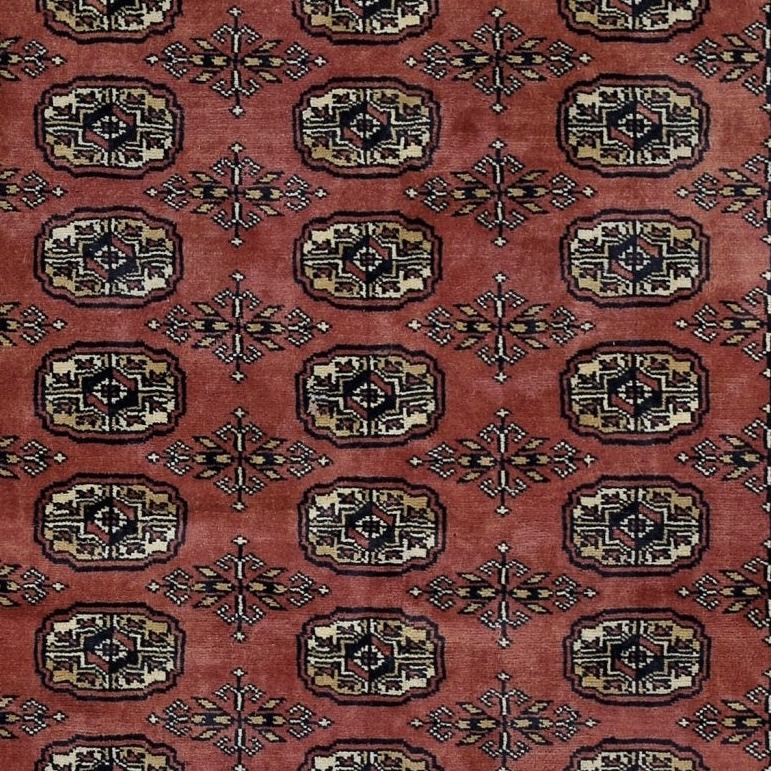
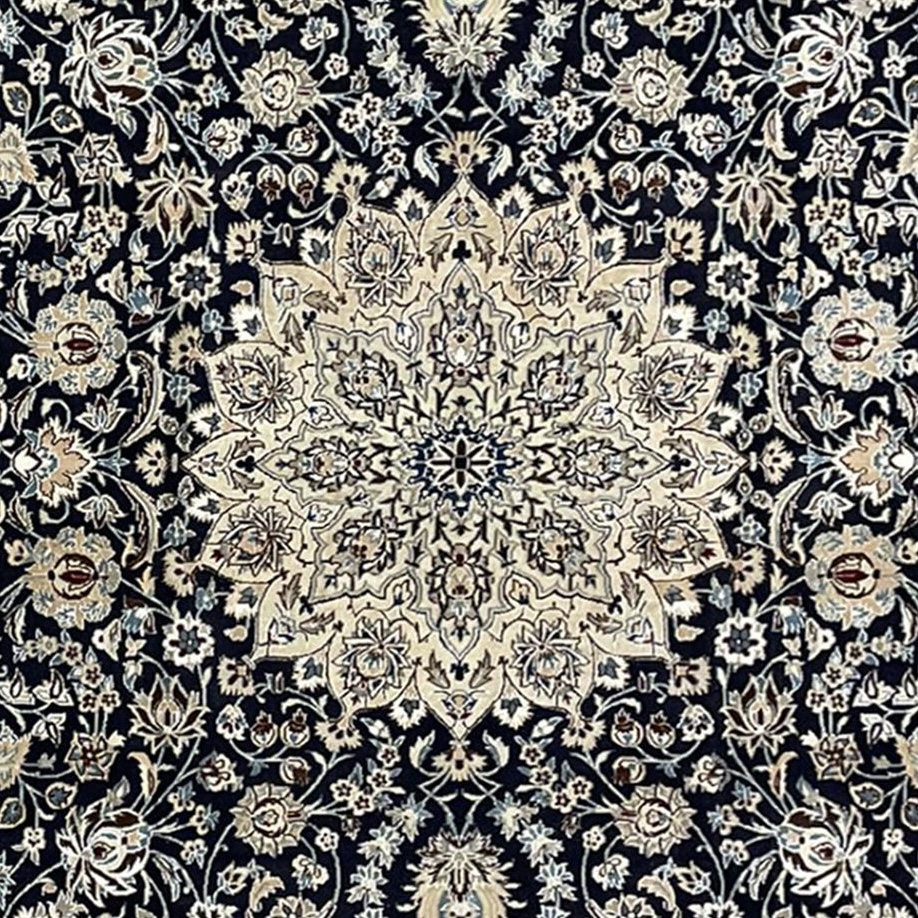
Please complete your information below to login.
Sign In
Create New Account